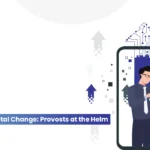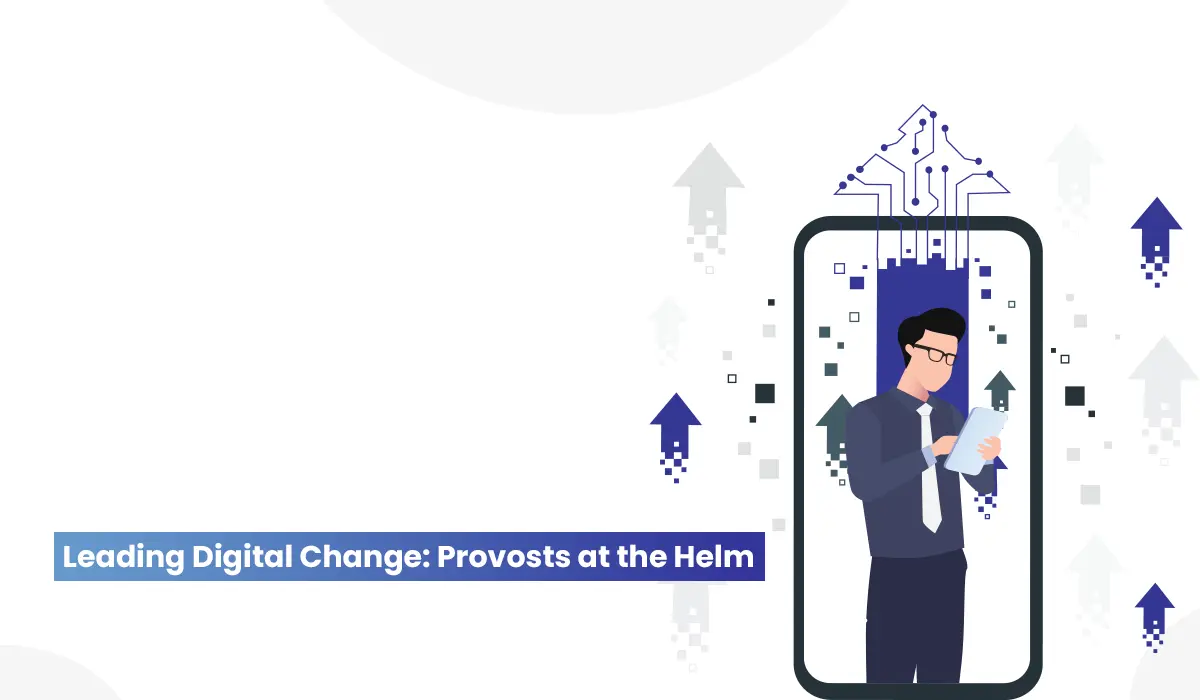Dive Brief:
- Fitch Ratings found net tuition grew in fiscal 2023 among the colleges it rates but warned that the hikes would not be sufficient to preserve margins for private nonprofits.
- Across its portfolio of rated institutions, Fitch found a 1.1% year-over-year increase in net tuition and fees, marking renewed growth after two years of declines, according to Fitch Senior Director Emily Wadhwani.
- “In our view, prospects for future growth in net tuition for 2024 and beyond remain limited, and will likely remain near or below 2%-2.5% annually on average for the next few years,” Wadhwani said by email.
Dive Insight:
Despite rising sticker prices for tuition, colleges increasingly face competition for students amid demographic shifts and other challenges. That has kept pressure on net tuition prices for students — the price they pay after institutional aid and other discounts — amid steep institutional expenses.
The gap between sticker price and net tuition has been growing for decades. Tuition discounting among private nonprofits in the 2023-24 academic year hit a new high of 56.1% for first-time, full-time students, according to a May study from the National Association of College and University Business Officers.
NACUBO found that average net tuition increased 0.5% per first-time, full-time undergraduates in 2023-24 compared to the year before — while estimating that the figure actually fell 1% after accounting for inflation.
Similarly, a study from the College Board estimated that average net tuition and fees at private nonprofits in 2023 increased slightly year over year — by $140, coming to $15,910 in 2023 dollars.
Colleges can pay for student aid through their fundraising and endowments. But the majority of financing comes from undedicated funds, such as general funds, unplanned contributions, foregone revenue and other sources, according to NACUBO. And roughly 30% of institutional aid is covered by college reserves.
That can translate into diminishing margins and reserves for institutions. Wadhwani said in a Fitch news release last week that more operating pressures are on the horizon, with “many institutions grappling with elevated costs and a fractured enrollment environment.”
All of that likely means colleges’ adjusted operating margins could fall to their lowest point in over a decade, even after steady returns on investments and help from endowments, according to Fitch.
On the cost front, inflation has decelerated for colleges, but rising expenses remain an ongoing challenge.
Commonfund Institute estimates a 3.4% increase to its Higher Education Price Index for 2024, which puts it in line with historical upticks. But that’s after two years of sharp spikes, including a 5.2% rise in 2022 — and those increases are now built into costs for institutions.
“Colleges are playing defense in controlling expenses where possible, evaluating sales or monetization of non-core assets, weighing partnerships versus ownership, and deferring maintenance,” Fitch noted in a news release last week.
Those tactics are helping institutions’ balance sheets — one of the few things going in colleges’ favor at the moment.
#Private #colleges #wont #big #net #tuition #growth #anytime #Fitch










